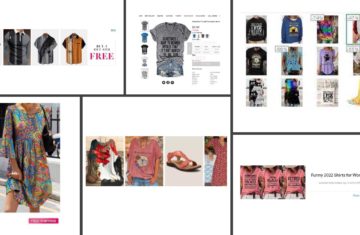
This article originally appeared in Dark Reading on October 24, 2019.
Cybercriminals continue to seed app stores with malicious apps, advanced attackers successfully compromise mobile devices, and advertisers continue to track users, new reports show.
The ubiquity of mobile devices continues to attract attackers as malicious apps have surged 20% across third-party app stores, advertisers and tracking firms account for nine of 10 API calls for top mobile applications, and nation-state actors increasingly target mobile devices, according to a trio of reports released this week.
In one measure of the threat, the number of malicious apps blacklisted by RiskIQ increased 20% over the previous quarter and accounted for 2.1% of all apps tracked by RiskIQ – up from 1.95%, the company stated in its quarterly mobile threat report released on Oct. 24.
In a separate report, security-solutions provider Blackberry Cylance found that a collection of nation-state actors — including China, Iran, and North Korea — have honed their ability to develop and deploy Android and iOS malware over more than a decade. The strong security of mobile platforms has increased gray-market prices for “zero-click exploits” — attacks that can automatically infect devices — to jump to $1 million for Android and $2.5 million for iOS devices, but the platforms still are not immune to attack, says Brian Robison, chief security evangelist at BlackBerry Cylance.
“This preconceived notion that app-store apps are actually safe is a fallacy,” he says. “The motivation behind the app stores have very little to do with security, and much more with protecting the app store’s profit margins as well as protecting the ways developers make money.”
Because so much user activity is conducted on mobile devices, they have naturally become a focus for third parties. While cybercriminals continue to strive to convince users to download and install malicious mobile apps, developers’ reliance on third-party advertising frameworks and other software development kits means that a host of companies have a detailed view into what consumers are doing on their devices.
In a study of the ten most popular apps in the shopping and food-and-drink categories, The Media Trust, a security and privacy firm, found that 9 out of every 10 times an application reached out to the Internet, the software was contacting a third-party provider. On average, 13 third parties were privy to information during the installation of the software, while 23 vendors tracked purchases. About 70% of the cookies dropped by third parties were advertisers or ad-server networks. Another 18% of the cookies belonged to firms that tracked user behavior.
Often, even the app developers do not know all the third-party activity going on behind the scenes, The Media Trust said.
“App publishers should work with experts on monitoring their apps for unauthorized actors and activities,” the company stated in the report. “These third parties collect user information in real-time, ranging from data users enter to screenshots. Policing these third and nth parties’ activities is both time- and resource-intensive because of the digital supply chain’s lack of transparency, dynamism, and complexity.”
Advanced-threat groups, primarily nation-state actors, have also targeted mobile applications. Driven by two main goals, economic and political espionage and surveillance of dissidents and perceived threats, nation-state actors are targeting mobile devices because of their ubiquity. The assumption that the mobile ecosystem can protect mobile users from such a class of attackers is spurious, says Blackberry Cylance’s Robison.
“Definitely the attackers are getting far more sophisticated,” he says. “The mobile devices are getting far more complex, and it is easier to hide code in different areas and trick users to install the attacker’s code.”
Some Good News
Not all news is bad for mobile security. While advanced attackers have been able to circumvent the security of devices, the app stores are getting better are finding malicious applications and much of the increase in malicious applications is due to a few app stores, where “you’re almost guaranteed to download a malicious app if you choose to patronize it,” according to RiskIQ’s report.



